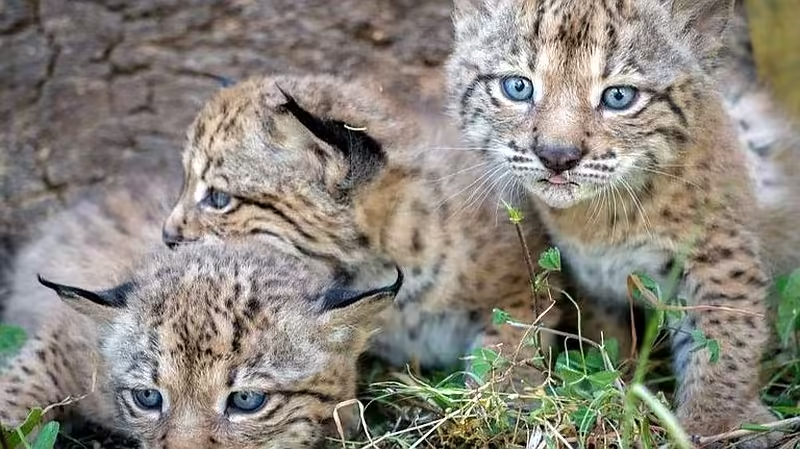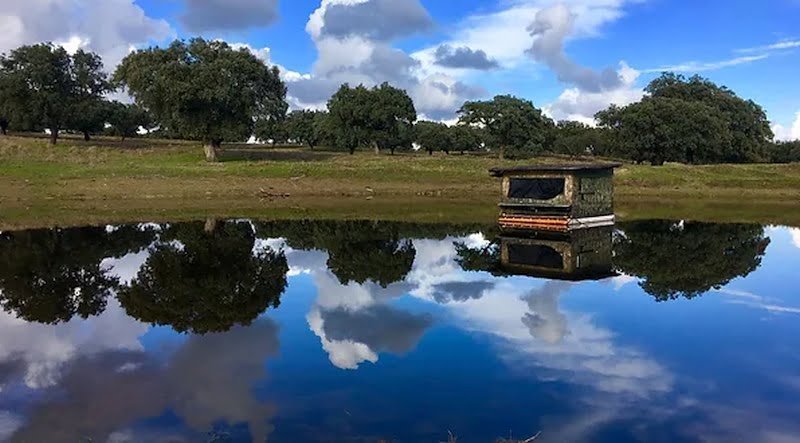Good news for Iberian lynx conservation efforts. A total of twelve Iberian lynx cubs born, have successfully been raised at the El Acebuche Breeding Centre in Doñana in 2024. This is a significant step in the ongoing efforts to recover the population of this endangered species.
According to the Autonomous Organisation of National Parks (OAPN), the cubs have passed through the critical post-birth phase. This typically lasts between two and four months. They are now preparing for their eventual release into their natural habitat.
I’ve been living in this lovely area of Western Andalucia for the last 20 years or so and dedicate most of my time to the running of English language tourist information websites for the towns of Cádiz, Ronda, Grazalema, the famous or infamous Caminito del Rey, and also Wildside Holidays, which promotes sustainable and eco-friendly businesses running wildlife and walking holidays in Spain. My articles contain affiliate links that will help you reserve a hotel, bus, train or activity in the area. You don’t pay more, but by using them you do support this website. Thankyou!







